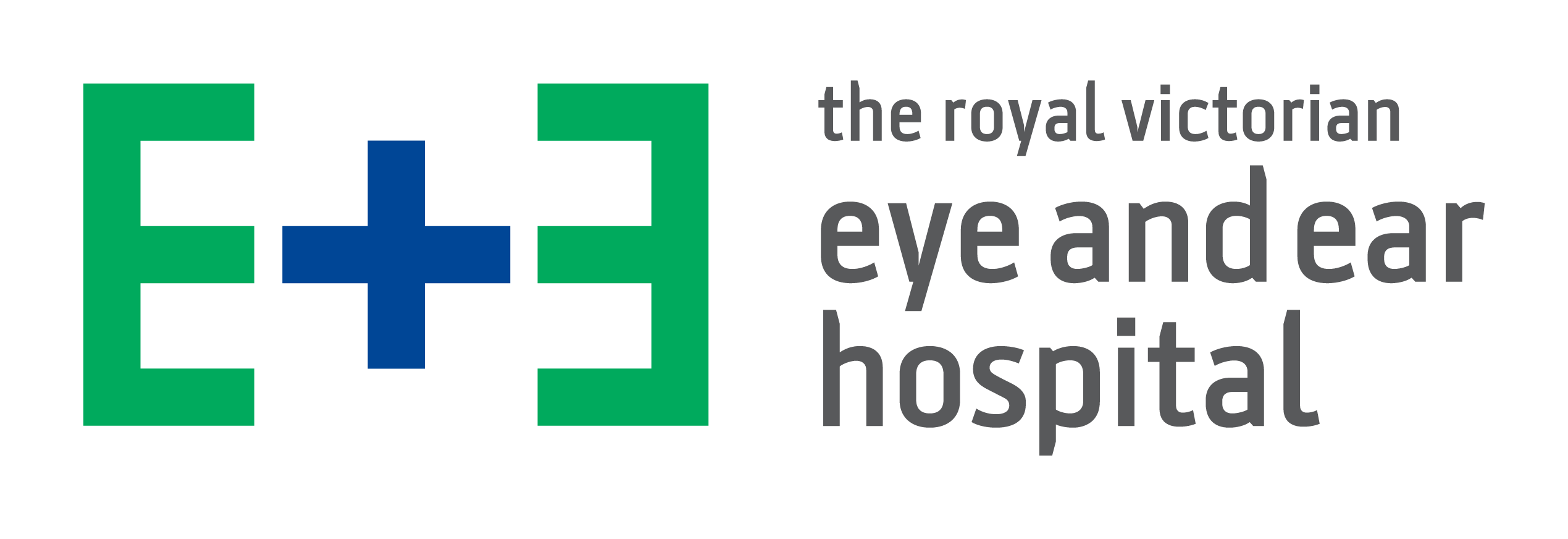Research Ethics
The Eye and Ear HREC is registered with the NHMRC and can review single-site research projects involving the Eye and Ear as the investigator site.
The Ear and Ear HREC can also review multi-site research projects if the research sites include our research partners and/or private healthcare service sites (i.e., private clinics).
If another Victorian public hospital or an interstate public hospital is a research site, then the project must be reviewed by a Certified Institution’s HREC under the National Mutual Acceptance scheme. Refer to Clinical Trials and Research website for further details, including a list of HRECs, RGOs and Organisations participating in the National Mutual Acceptance scheme.
New Ethics Applications
Determining Ethical Review Pathway
There are 2 pathways for ethical review for human research from the Eye and Ear Human Research Ethics Committee:
- Ethical approval for Lower Risk Research (previously called Negligible or Low Risk Research)
- Ethical approval for Higher Risk Research (previously called Greater than Low Risk Research)
As per the National Statement, Chapter 2.1, low risk research describes research, in which the only foreseeable risk is no greater than discomfort. Accordingly, research in which the risk for participants or others is greater than discomfort is not low risk research. Research in this category is considered higher risk research and carries risk of harm. Higher risk research requires review by an HREC.
Risk profiles of research
| Lower Risk | Higher risk
(individual, group, community, societal or global) |
||
| Minimal | Low | Greater than low | High |
| No risk of harm or discomfort; potential for minor burden or inconvenience* | No risk of harm; risk of discomfort (+/- foreseeable burden) | Risk of harm (+/- foreseeable burden) | Risk of significant harm (+/- foreseeable burden) |
* Neither burden nor inconvenience should be considered a type of harm or discomfort and therefore should not be viewed as a risk.
